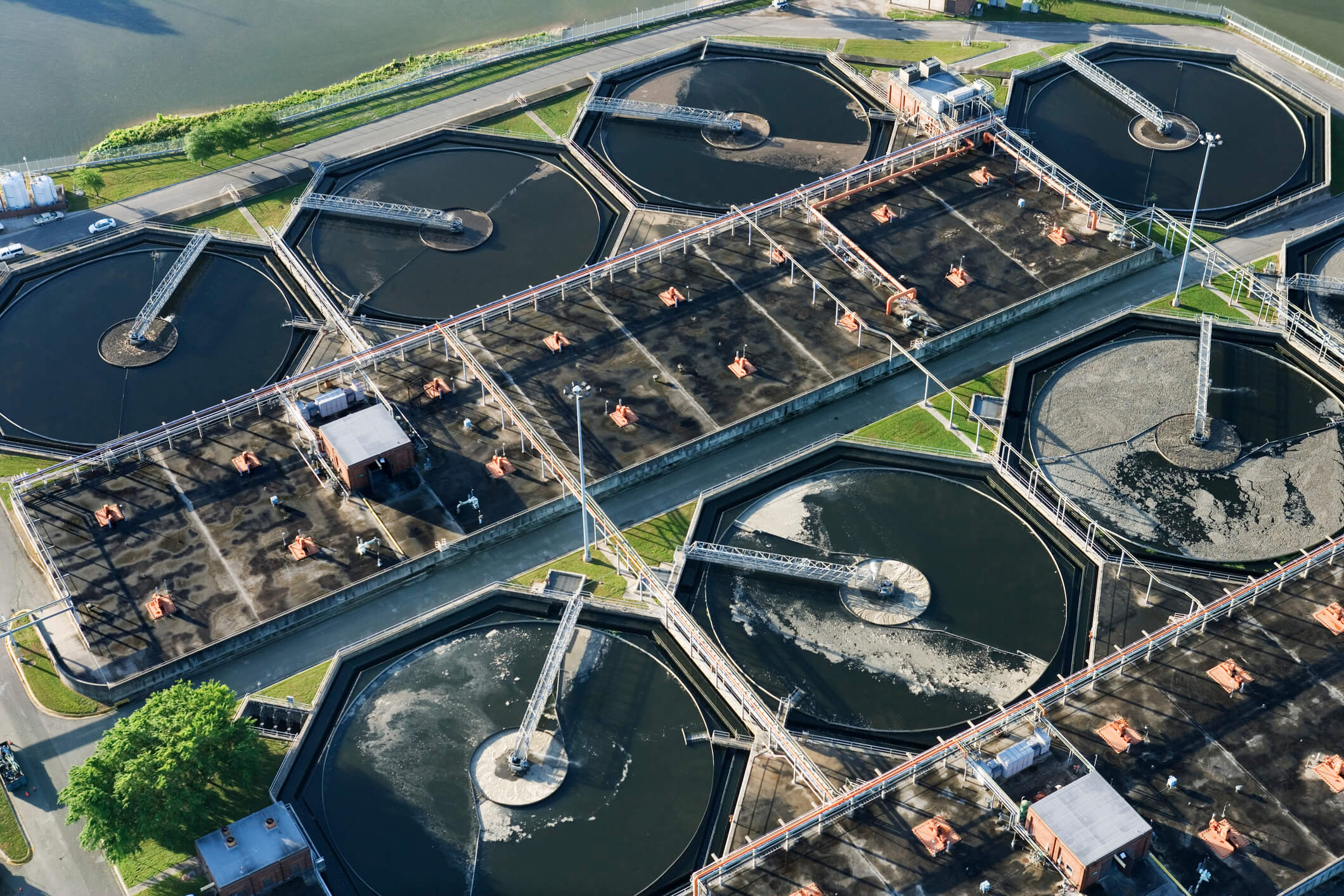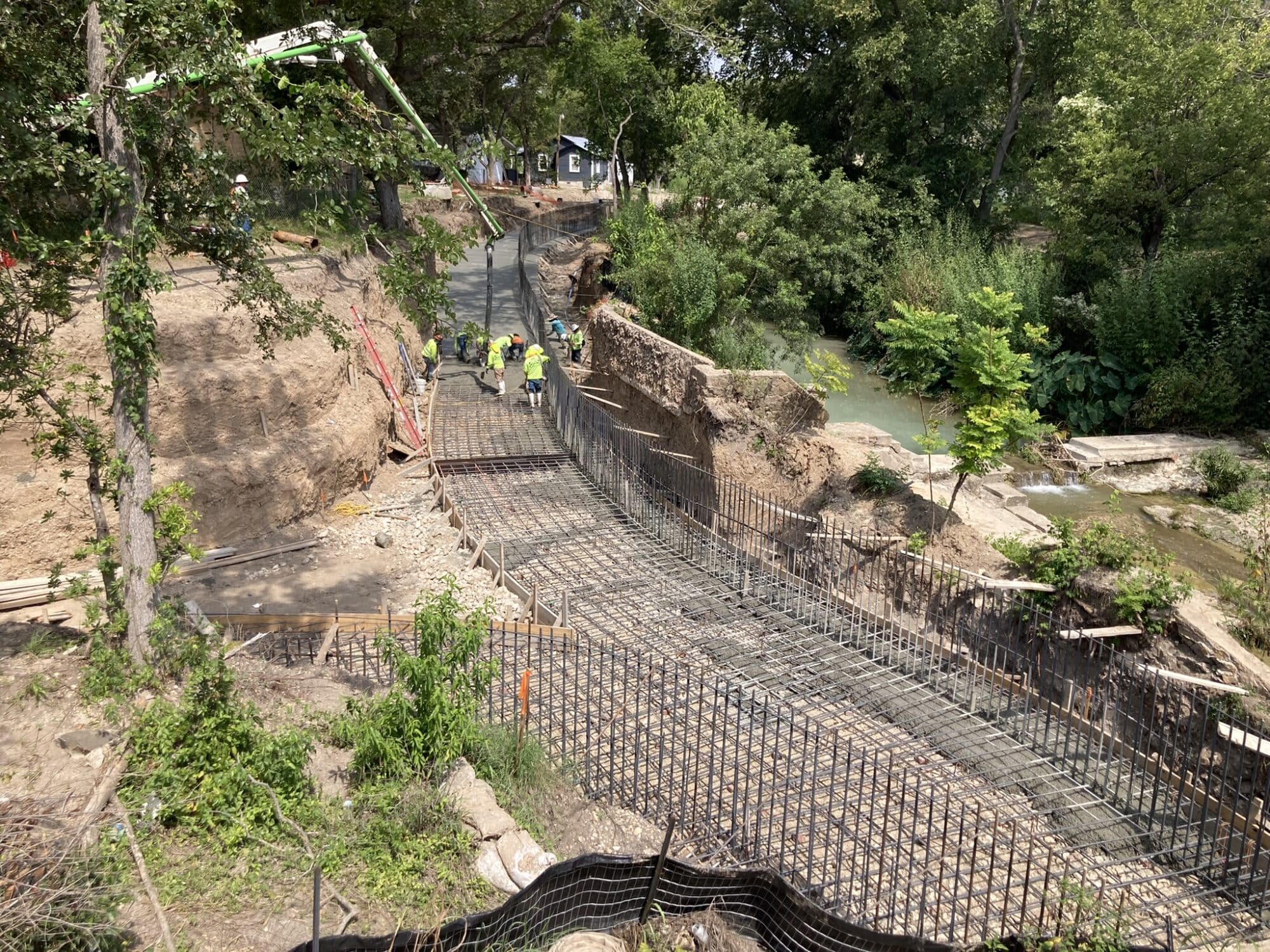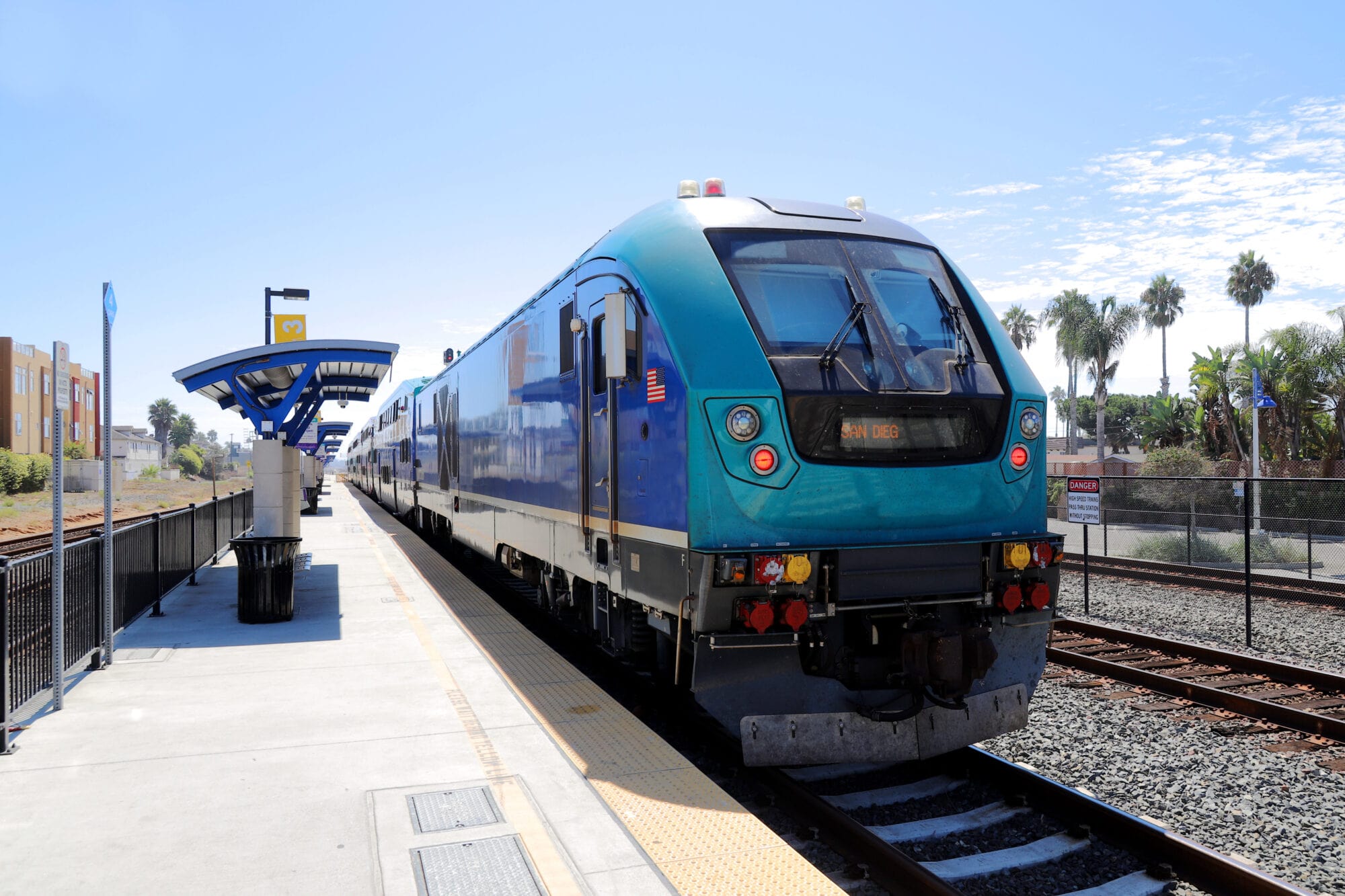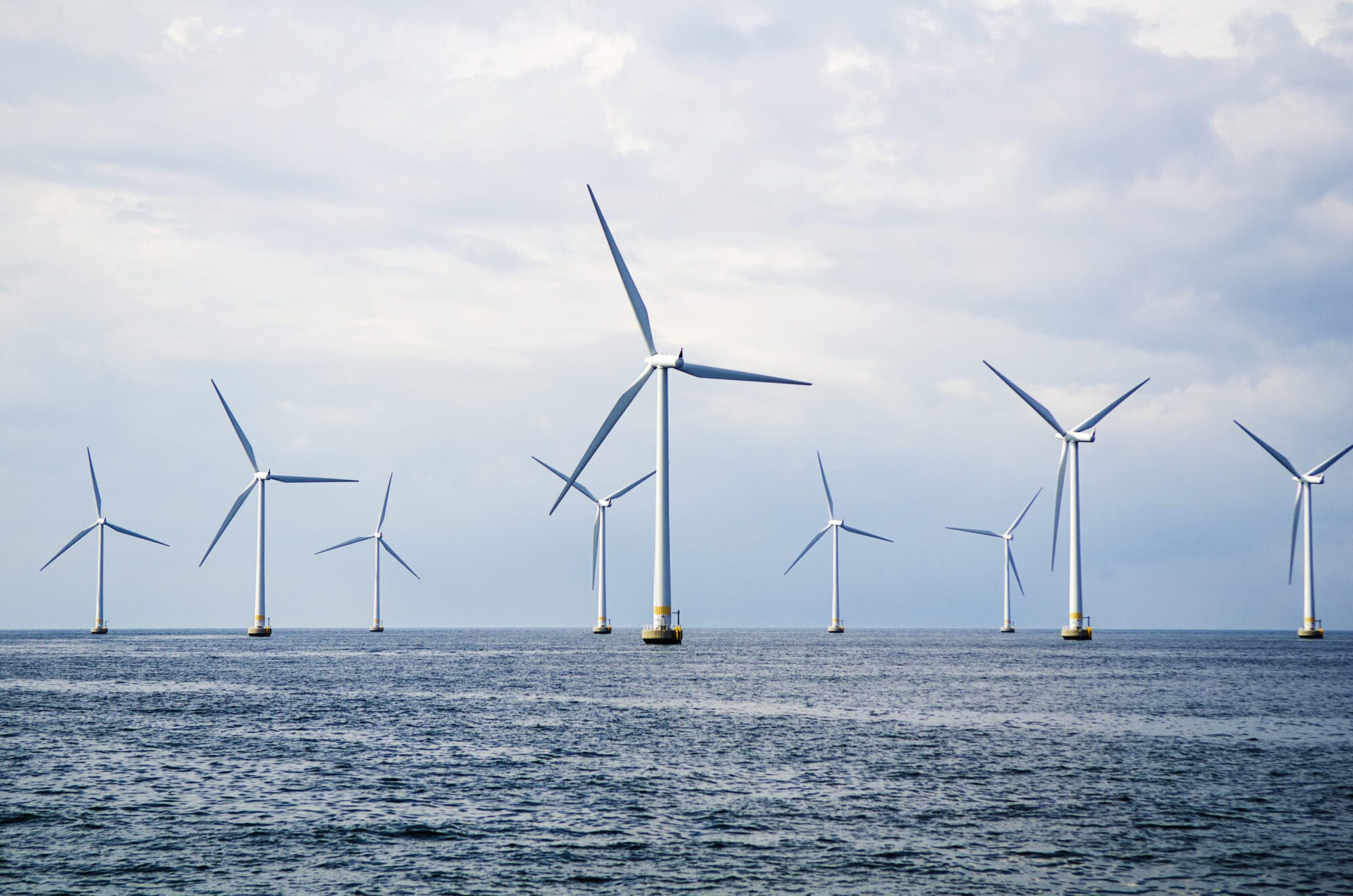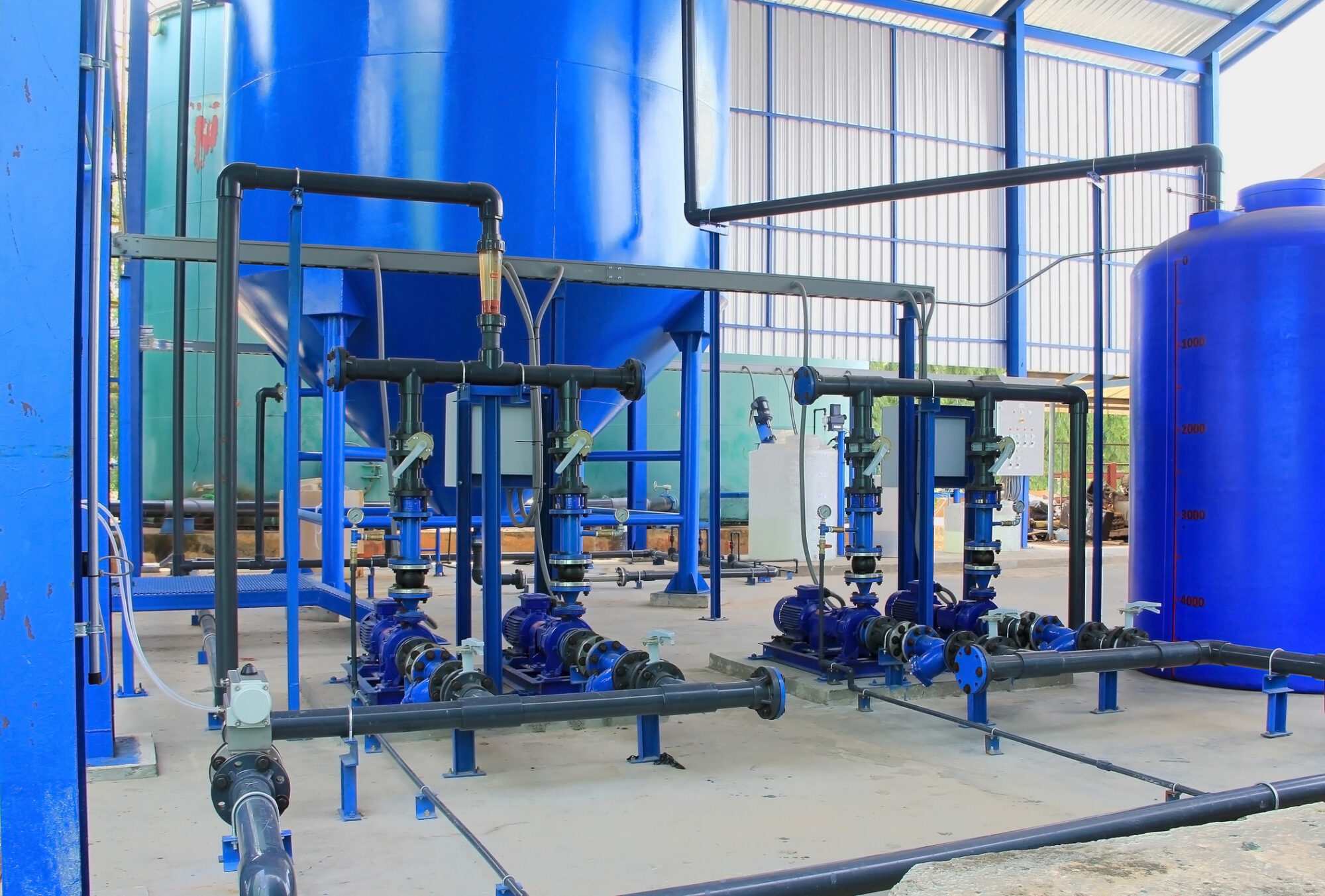One of the largest ecological restoration projects in the
northeastern United States
Challenge
The Herring River Restoration project is one of the largest ecological restoration projects in the northeastern United States, and incorporates scientific study and a responsive, transparent community planning process. TRC is the Lead Regulatory Consultant for the Project, and is providing design, engineering, and permitting services in support of restoring nearly 1,100 acres of salt marsh and coastal wetlands and 6 miles of waterways within the Cape Cod National Seashore.
After 100 years of diking, the river’s ecosystem is damaged and the estuary suffers from degraded water quality, fish kills, shellfish bed closures, subsidence of the former salt marsh surface, and loss of functionality as a nursery for commercial and recreational fisheries. The proposed $40-50 million public-private Herring River Restoration Project intends to restore the estuary and recreational access to waterways and improve ecological value, coastal resilience, and economic and social benefits by reintroducing natural tidal flow, while also minimizing adverse impacts to surrounding land uses.
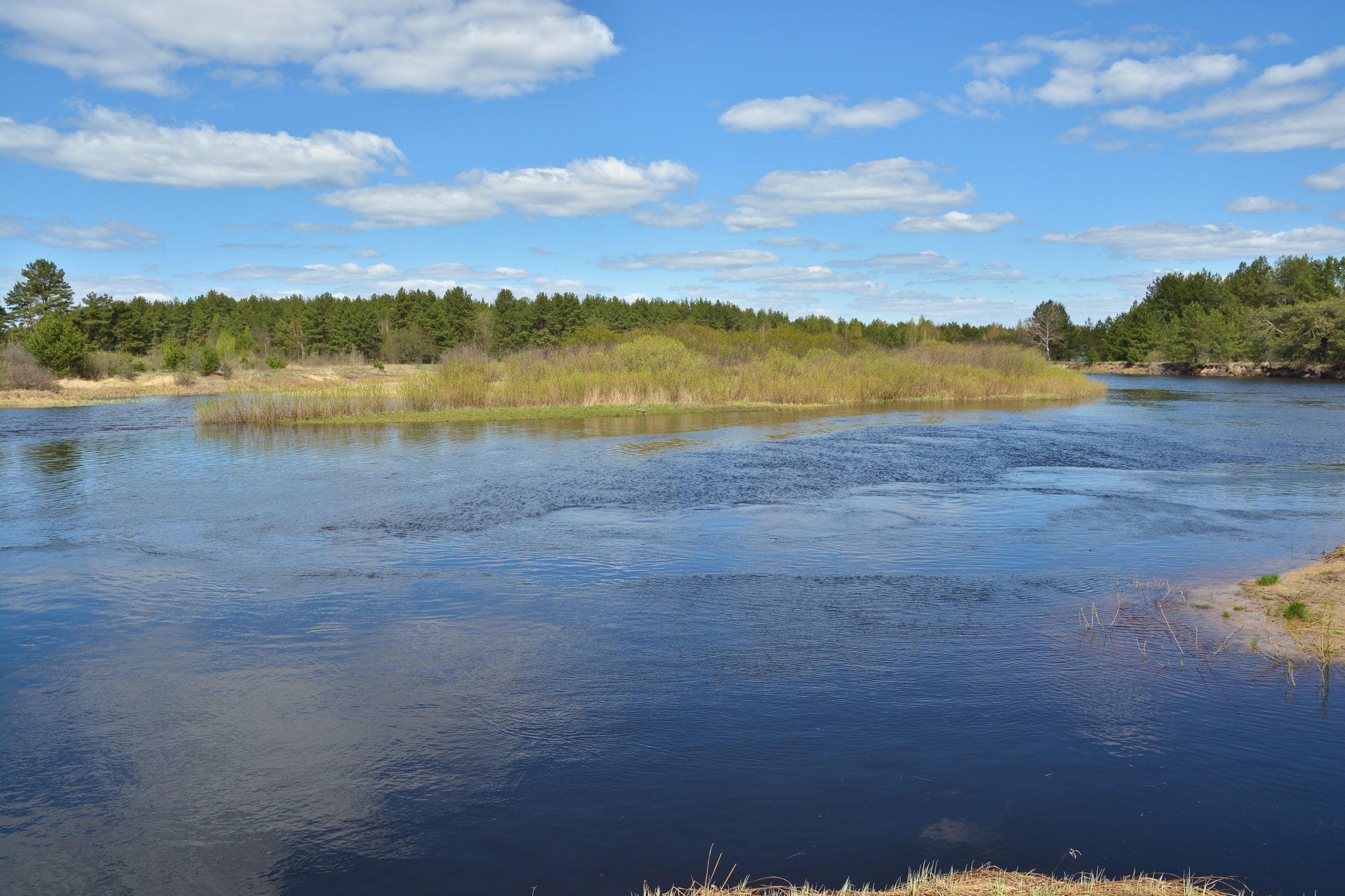
Solution
TRC was retained as the Project’s Lead Regulatory Consultant and is providing design, engineering, and permitting services to support several restoration objectives. The process involves extensive stakeholder involvement, a strong commitment to local engagement, and an accelerated schedule. Our services have included preparation of a Project of Community Benefit application to the Cape Cod Commission, engineering and permitting support for improvements to High Toss Road, and reconstruction of portions of the Chequessett Yacht and Country Club golf course. TRC is also leading the permitting efforts for the Project’s current comprehensive restoration plan. This plan includes reconstruction of a major dike at the mouth of Herring River, construction of a secondary dike at Mill Creek, roadway reconstruction and elevation, culvert replacements, and flood mitigation for private properties, including the reconstruction of a low-lying golf course partially built-in former salt marsh.
The Project received state and federal approval of its Environmental Impact Statement / Report. Permitting, engineering design, and environmental review are currently underway. The restoration will be undertaken over an extended period of time following a detailed Adaptive Management Plan, with final regulatory approvals. To address evolution of restoration alternatives and associated environmental change over time, a rigorous, community-based monitoring and response program guided by national experts in estuarine science, civil engineering, and environmental resource management will be implemented.
Related Projects
Discover the success we’ve had with helping our clients execute major projects and make a meaningful impact on their local communities.



